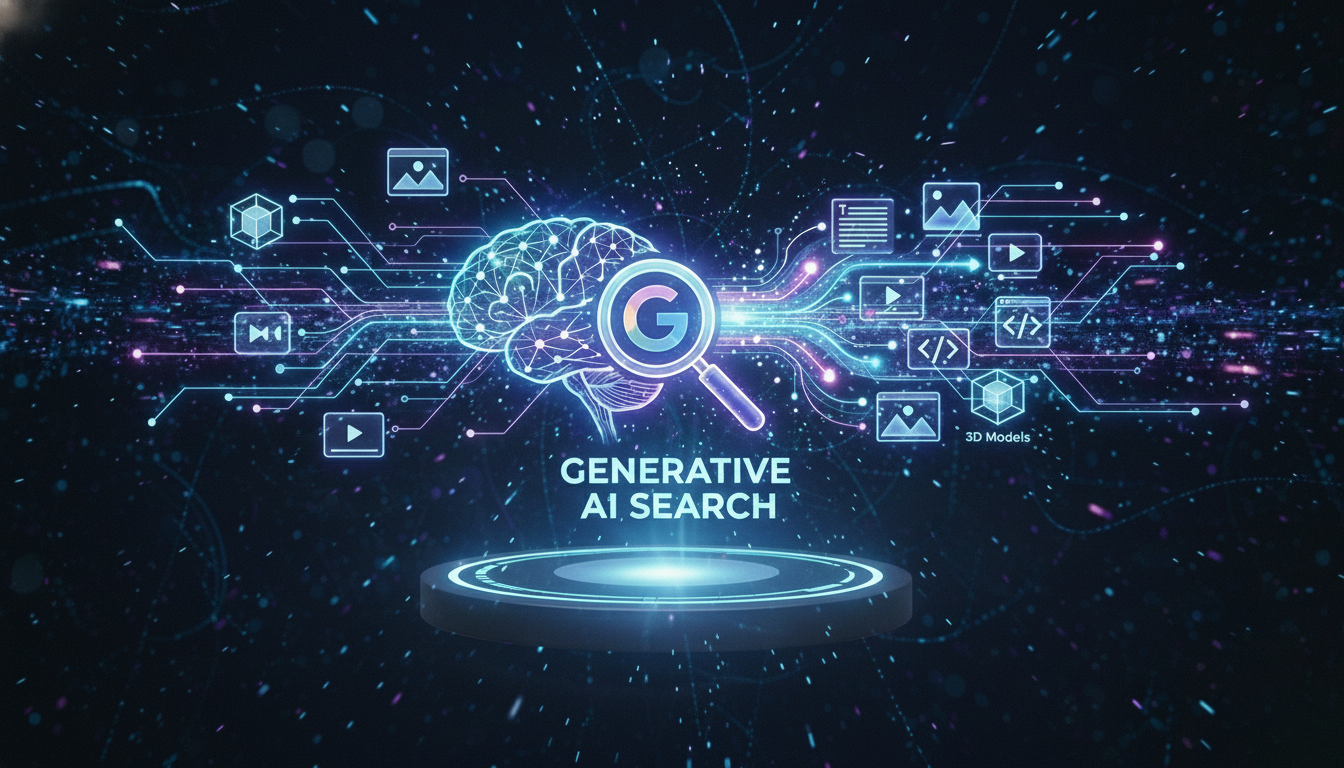Google BERT (Bidirectional Encoder Representations from Transformers) is a natural language processing technique developed by Google. BERT has become a staple in NLP and is used for a variety of tasks like question answering, sentiment analysis and text summarization. In this blog post, we will unravel how BERT works and understand its purpose.
Introduction
Natural language processing (NLP) refers to the ability of machines to understand, interpret and manipulate human language. NLP techniques empower applications to perform textual analysis for tasks like sentiment analysis, named entity recognition, question answering, etc. BERT is one such revolutionary NLP technique proposed by Google.
BERT stands for Bidirectional Encoder Representations from Transformers. It is a bidirectional training technique for NLP tasks. BERT leverages the transformer architecture for language modeling. BERT has dramatically improved the state-of-the-art across a diverse range of NLP tasks like question answering, sentiment analysis, etc.
In this blog, we will dive into BERT, understand its working and its significant impact on NLP.
How BERT Works?
Let us understand what each component of BERT stands for:
- Bidirectional: BERT learns contextual relations in text by training in both directions. This allows BERT to learn the context of a word based on all its surroundings. For example, the meaning of a word in a sentence depends on the words before and after it.
- Encoder: BERT uses encoders stacked on top of each other. Encoders are neural networks that learn abstract representations of the input data. BERT uses transformer encoders which we will explore later.
- Representations: BERT outputs vector representations of the input text at each encoder. These numeric vectors represent the semantic meaning of the text.
Now let us look at the overall architecture of BERT:
- Input Embedding Layer: This layer converts the input words into numeric vectors. BERT uses WordPiece embeddings that break down rare words into smaller subwords.
- Encoder Layers: BERT has a multi-layer encoder architecture. Each encoder layer has two sub-layers – multi-head self-attention and position-wise feedforward networks.
- Self-Attention Layer: This layer connects different positions of the input sequence in order to learn contextual relations in the text.
- Position-wise Feedforward Layer: Applies transformation to each position separately and identically.
- Output Layer: The output representation of the [CLS] token is used as the aggregate sequence representation for classification tasks.
The entire BERT model is trained end-to-end with two training objectives:
- Masked LM (Masked Language Model): Some percentage of input tokens are masked randomly and the model predicts those masked tokens. This allows BERT to learn bidirectional contexts.
- Next Sentence Prediction: BERT learns relationships between sentences by predicting if one sentence follows the other.
Purpose of BERT
The fundamental innovation in BERT was applying bidirectional training to language models. Before BERT, language models were unidirectional or shallowly bidirectional. BERT enabled models to learn deep bidirectional representations from text which significantly improved performance across various NLP tasks.
Some key advantages of BERT:
- Learns contextual relations between words based on all surroundings.
- Can be fine-tuned with just one additional layer for downstream NLP tasks.
- Achieves state-of-the-art results on question answering, sentiment analysis etc.
- BERT representations can be saved and reused for multiple tasks.
- Requires minimal task-specific architecture engineering.
BERT’s bidirectional pretraining approach opened up new possibilities for transfer learning in NLP. BERT produces generic language representations that can be effectively fine-tuned for downstream tasks. This alleviates the need for extensive task-specific architectures.
Overall, BERT offers a technique to teach machines the context-dependent nature of language that can be transferred to multiple NLP applications.
Also Read :Bing, Bard, and ChatGPT: How AI is rewriting the internet
Conclusion
BERT leverages bidirectional training of transformers to learn contextual relations in text. This approach enabled BERT to create state-of-the-art NLP models with minimal task-specific customization. BERT produces generic language representations that can be fine-tuned to achieve outstanding performance on tasks like question answering, sentiment analysis etc. The pretraining approach in BERT set a benchmark for transfer learning in NLP. BERT continues to power various language processing applications and remains one of the most impactful breakthroughs in NLP.










































































































































